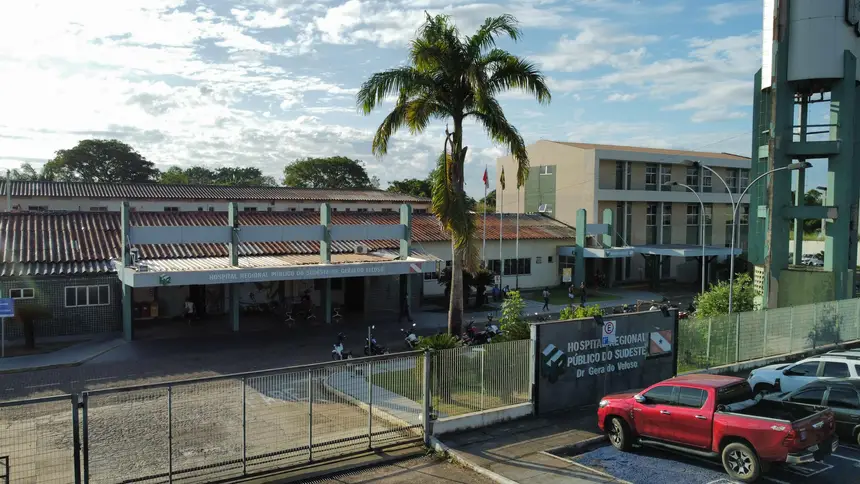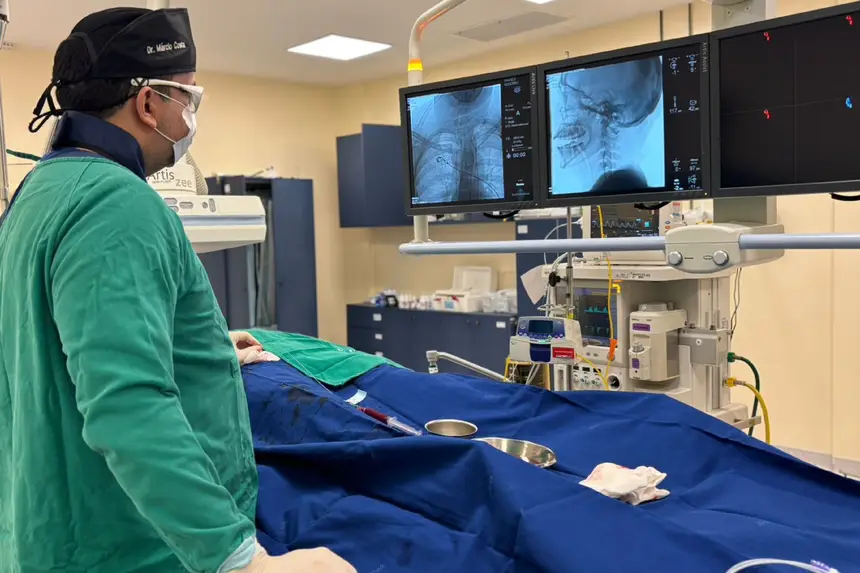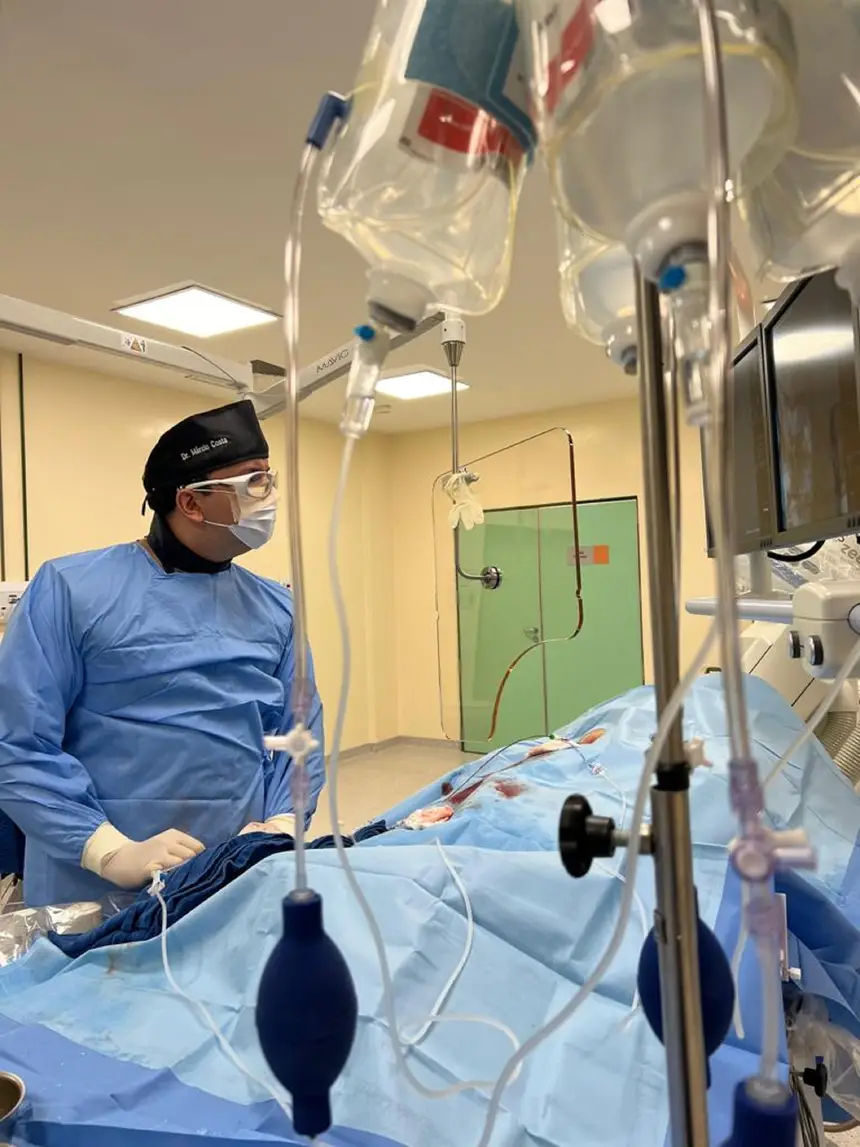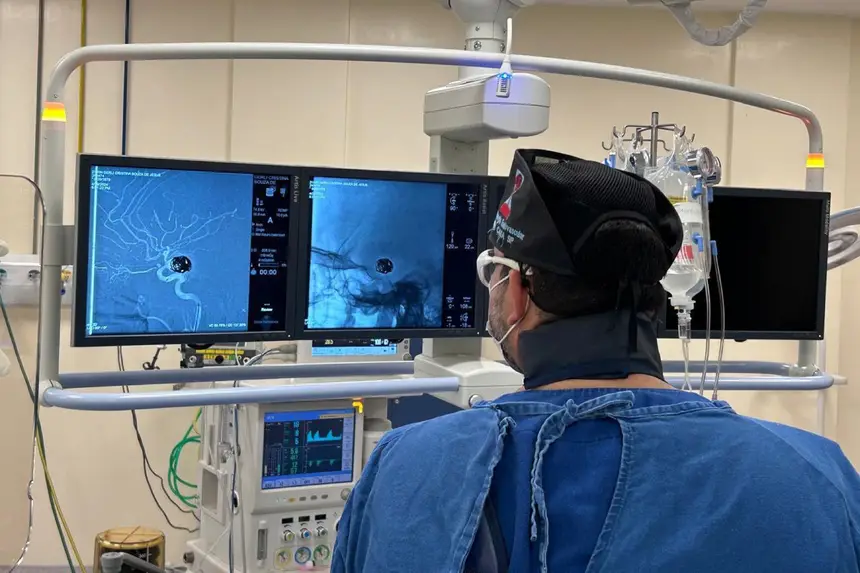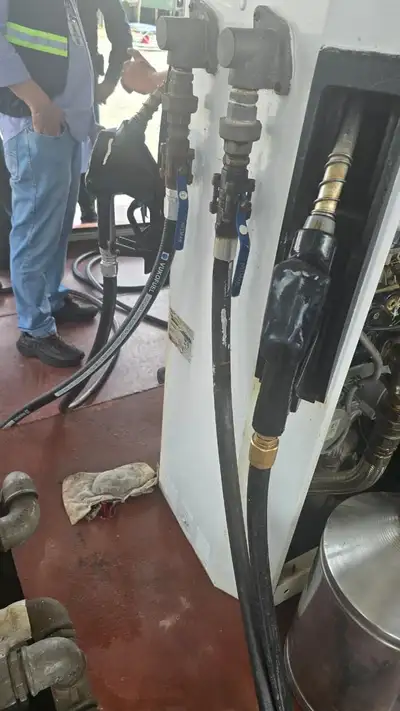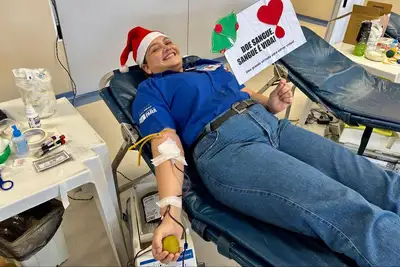Regional Hospital of Marabá is a reference in the treatment of cerebral aneurysm
The Hemodynamics Service performs procedures such as cerebral embolization, a minimally invasive medical technique, for greater safety and high precision
With cutting-edge technology, medical precision, and humanized care, the Hemodynamics Service of the Dr. Geraldo Veloso Regional Hospital of Southeast Pará (HRSP), in Marabá, stands out as a reference in the diagnosis and treatment of cerebral aneurysms in the Carajás region.
Lenice Silva, 57, a resident of Marabá in the Carajás region, was referred to the unit for a cerebral aneurysm embolization procedure, which included the placement of a flow diversion stent and coils, ensuring greater safety and reducing the risks of complications.
"I was welcomed with great care, professionalism, and humanity at the hospital. The team explained each step of the treatment and treated me with respect and attention. I am recovering well and with a heart full of gratitude for this second chance," says Lenice.
Nurse Crísila Reis, responsible for the department, explains that the service has one of the most modern hemodynamics equipment in the state, updated protocols, and high-precision techniques, which contribute to the safety of the procedure and the recovery of the patient.
"Our goal is to provide excellent care, with cutting-edge technology and, above all, with welcome and humanized care. Each patient who comes through here is treated with utmost care, as if they were someone from our own family," she emphasizes.
What is a cerebral aneurysm
According to neurosurgeon Márcio Costa, a specialist in interventional neuroradiology, who works in the Hemodynamics service of the Pará Government unit, a cerebral aneurysm is a serious condition characterized by the weakening and abnormal dilation of a wall of an artery in the brain, creating a vulnerable point for rupture.
"The main symptoms appear suddenly and include intense headaches, often described by patients as 'the worst pain of their life.' Nausea, vomiting, loss of consciousness, and neurological changes may also occur, signs that require immediate medical evaluation," warns the specialist.
Diagnosis begins with a detailed clinical evaluation, followed by imaging tests. "The first step is to perform a cranial CT scan, capable of identifying bleeding in most cases. When necessary, we proceed with cerebral angiography, an examination that allows precise visualization of the aneurysm and planning of the ideal treatment," explains Marcio.
Modern and less invasive treatment
Available at the unit managed by the Institute of Social and Environmental Health of the Amazon (ISSAA) and the State Department of Public Health (Sespa), the modern treatment of cerebral embolization is a minimally invasive technique that replaces traditional methods, such as conventional open surgery.
"We use extremely thin microcatheters, inserted through a puncture in the femoral artery in the groin, and guided to the site of the aneurysm with real-time imaging. Inside the aneurysm, we place microcoils that form a plug, blocking blood flow and preventing the risk of rupture," details neurosurgeon Marcio Costa.
According to the doctor, the method used at the regional hospital brings numerous benefits, avoiding the need to open the skull, reducing postoperative complications, decreasing pain and hospitalization time, and allowing for a faster and safer recovery.
"At the regional hospital, we are managing to treat elective cases with only 03 days of hospitalization. We have modern equipment and a highly qualified team, which allows us to offer safe, humanized, and excellent care. Our commitment is to ensure dignity and quality of life for our patients," concludes Marcio.
Structure - The Dr. Geraldo Veloso Regional Hospital of Southeast Pará is managed by the Institute of Social and Environmental Health of the Amazon (ISSAA), in partnership with the State Department of Public Health (Sespa). The unit offers 100% of services through the Unified Health System (SUS). The hospital has 135 beds, with 97 designated for clinical hospitalization and 38 dedicated to Adult, Pediatric, and Neonatal Intensive Care Units (ICU).
Text by Ederson Oliveira


